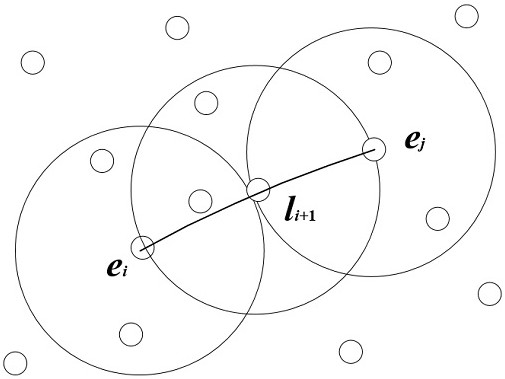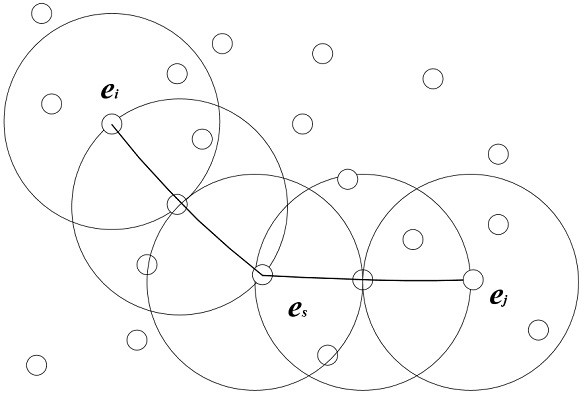Urban resident electricity and carbon emission trading method based on credit points
A technology of urban residents and trading methods, which is applied in the field of electricity carbon emission trading of urban residents based on credit points, which can solve the problems of lack of multiple types, fluctuation of electricity carbon trading prices, and restrictions on the enthusiasm of urban residents, and achieve the effect of improving enthusiasm
- Summary
- Abstract
- Description
- Claims
- Application Information
AI Technical Summary
Problems solved by technology
Method used
Image
Examples
Embodiment 1
[0082] This embodiment proposes an urban residents electricity carbon emission trading method based on reputation points, such as figure 1 shown, including the following steps:
[0083] Step 1: Obtain the electricity consumption data of urban residents, analyze the electricity carbon emission level of urban residents, and obtain the overall electricity carbon emission quota of urban residents corresponding to the electricity carbon emission level of urban residents;
[0084] Step 2: Approve the electricity carbon emission quota for urban residents;
[0085] Step 3: Perform a cluster analysis on the urban residents' electricity carbon emissions, obtain the urban residents' electricity carbon emissions classification, and set the initial urban residents' electricity carbon emissions credit value and urban residents' electricity carbon emissions credit rating;
[0086] Step 4: Establish urban residents' electricity carbon emission credit update rules through blockchain technolog...
Embodiment 2
[0094] In this embodiment, on the basis of the above-mentioned Embodiment 1, the specific operation of step 2 is as follows: the power supply company analyzes the electricity carbon emission level of urban residents, and formulates an overall control quota for the electricity carbon emission of urban residents. Then, the power supply company purchases the overall electricity carbon emission quota of urban residents in the carbon spot trading market, and calculates the basic electricity carbon emission quota of urban residents according to the resident population of the city. Increase the revised value of the electricity carbon emission allowance according to the number of households in the household registration file.
[0095] How it works: Urban per capita carbon emissions is the core indicator to measure the level of urban carbon emissions. In urban per capita carbon emissions, urban residents' electricity carbon emissions account for 65%. Therefore, urban residents' electri...
Embodiment 3
[0107] In this embodiment, based on any one of the above-mentioned Embodiments 1-2, the specific operation of step 3 is: using the density clustering algorithm DBSCAN to obtain the classification of the sensitive layer of urban residents' electric carbon emission, and using the Mahalanobis distance to calculate the density clustering The sample distance between the urban residents' electricity in the class algorithm, and the urban residents' data of urban residents with similar density and connected density are summarized into a cluster, so as to form a classification of urban residents' electricity carbon emissions.
[0108] How it works: The purpose of the electricity carbon emission trading strategy is to make urban residents aware of the limitations of carbon emission resources and reduce electricity carbon emissions as much as possible. Under the electricity carbon emission trading market mechanism, urban residents with different incomes have different degrees of sensitivi...
PUM
 Login to View More
Login to View More Abstract
Description
Claims
Application Information
 Login to View More
Login to View More - R&D
- Intellectual Property
- Life Sciences
- Materials
- Tech Scout
- Unparalleled Data Quality
- Higher Quality Content
- 60% Fewer Hallucinations
Browse by: Latest US Patents, China's latest patents, Technical Efficacy Thesaurus, Application Domain, Technology Topic, Popular Technical Reports.
© 2025 PatSnap. All rights reserved.Legal|Privacy policy|Modern Slavery Act Transparency Statement|Sitemap|About US| Contact US: help@patsnap.com



